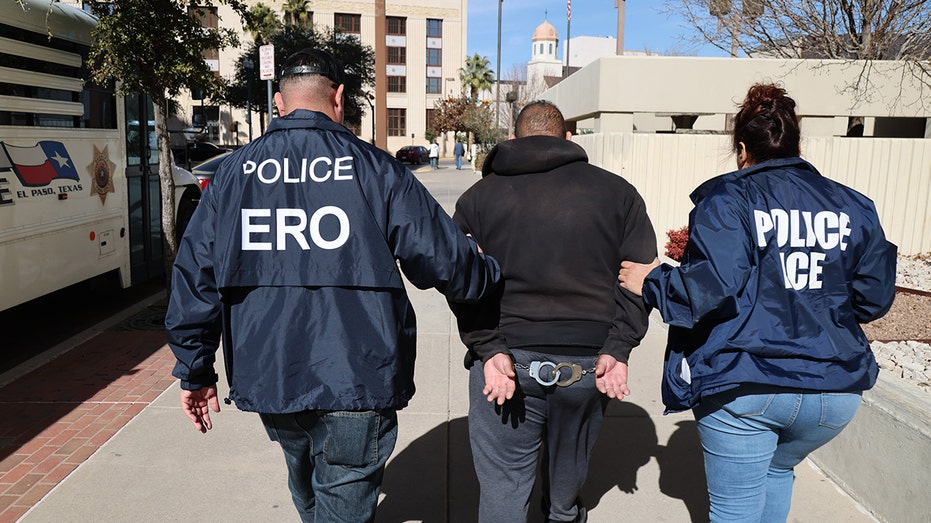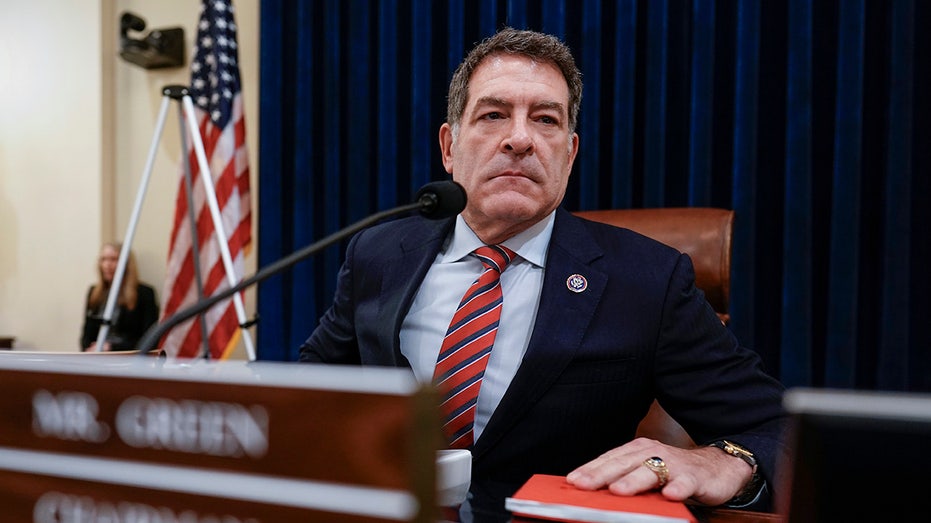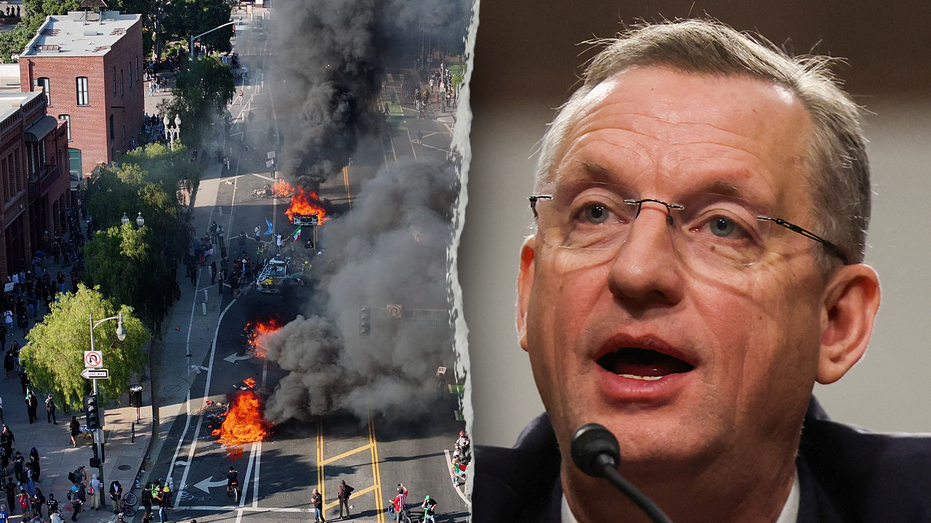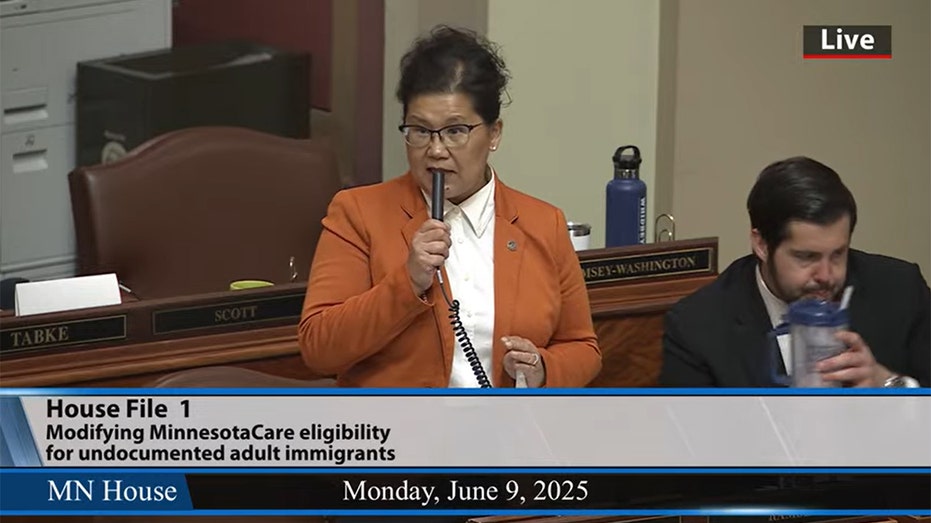Trump's ICE Implements Bold Courtroom Strategy to Accelerate Deportations Ignored by Biden
Federal agents target migrants outside courtrooms in crackdown aimed at fast-tracking deportations and dismissing asylum cases.

Immigration and Customs Enforcement (ICE) has launched a nationwide campaign to apprehend illegal immigrants directly after their asylum hearings as they exit courtrooms. According to officials familiar with the rollout, this intensified enforcement effort specifically targets non-citizens who have been in the United States for less than two years. The move marks a significant shift in federal immigration strategy, with the Department of Homeland Security (DHS) aiming to increase removals through expedited proceedings rather than lengthy court battles.
Federal authorities say that under this new plan, migrants who meet the criteria will be placed in expedited removal—a process that allows for deportation without a hearing before an immigration judge, provided there is no active, pending court case. Sources indicate that DHS is coordinating with immigration judges, who are being asked to dismiss cases when requested by government attorneys. So far, officials report broad cooperation from the judiciary, although the ultimate authority rests with individual judges to either drop or continue cases.
This initiative is catalyzing debate across the country. Critics argue that conducting arrests outside courtrooms may deter migrants from appearing at asylum hearings, fearing immediate detention and deportation, even if they are following legal channels. Furthermore, many slated for removal under this policy reportedly have no criminal records beyond unlawful entry into the United States. Videos circulating online have already documented ICE making arrests in courthouses in several states, fueling controversy and sparking protests among immigrant advocacy groups.
A spokesperson for DHS emphasized that this administration is reversing previous policies perceived as lenient. In a statement, the agency said, "Most aliens who illegally entered the United States within the past two years are subject to expedited removals." Officials allege that prior approaches allowed millions, including some with criminal backgrounds, to remain in the country pending court dates. Under the new guidelines, DHS insists that those without a credible fear claim will face quick deportation, while those able to substantiate their claims can proceed through further legal channels.
Legal experts are weighing in on the legality and impact of the initiative. Some note that recent Supreme Court rulings have reaffirmed the executive branch's authority to direct enforcement priorities, including ending Temporary Protected Status (TPS) for certain groups and enabling ICE to arrest individuals leaving immigration hearings. "From a safety standpoint, it makes sense," noted one legal analyst, adding that arrests at or near court facilities have been a longstanding but controversial practice in U.S. immigration enforcement.
Attorneys working with immigrants warn, however, that the strategy risks undermining due process. Kate Lincoln-Goldfinch, an immigration attorney, explained that many migrants may not understand the implications of a case dismissal and could inadvertently accept expulsion without contesting their right to remain. She also criticized the policy, suggesting it focuses on individuals attempting to follow legal migration processes rather than on those with criminal histories. "Why are we not sending ICE after the people that they're claiming are here to harm us?" Lincoln-Goldfinch questioned, echoing concerns that limited resources should focus on higher-priority targets.
Analysts agree that interference with ICE's courtroom operations is unlikely, since immigration judges are federal Department of Justice employees and hearings typically occur in secure federal facilities. Still, a handful of high-profile incidents, such as a Milwaukee judge's indictment related to allegedly facilitating an immigrant's escape from arrest, highlight the potential for legal and procedural disputes over ICE tactics.
DHS points to recent enforcement statistics to bolster its argument for the policy shift. Following the launch of the initiative, the administration reported a substantial drop in border apprehensions and a record number of illegal alien arrests—over 158,000 so far this year, including hundreds of individuals with alleged gang affiliations. Officials maintain that the primary focus of ICE remains on apprehending "the worst of the worst," with 75% of arrests involving migrants with criminal convictions or pending charges. However, opponents argue that the broad sweep of the new effort could ensnare those whose only infraction is seeking sanctuary in the United States.




